In today’s fast-paced world, our inboxes often serve as the hub for our professional and personal lives. The Microsoft Outlook app is a popular choice for managing email, calendars, and contacts, seamlessly syncing your data across all your devices.
But there comes a time when you might need to sign out of the Outlook app—be it for security reasons, troubleshooting, or simply switching to a different account. This blog post aims to guide you through the process of signing out, step-by-step, so you can do it effortlessly, regardless of your technical prowess.
Reasons to Sign Out
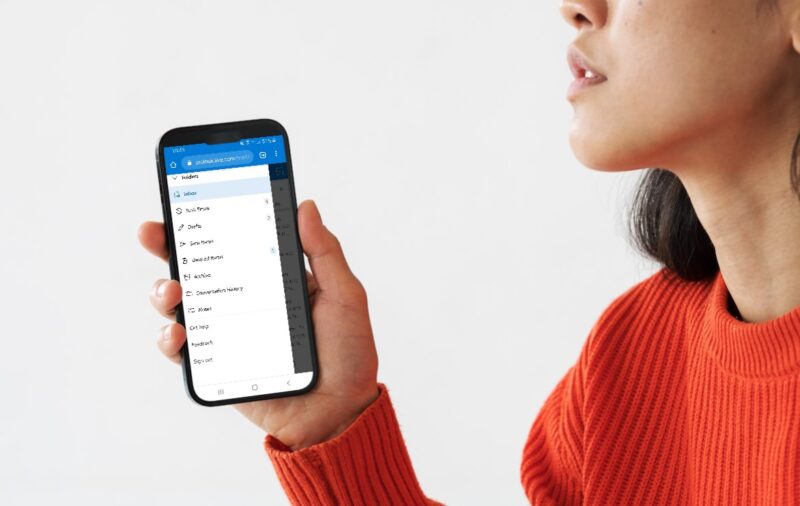
There are several reasons why one might need to sign out of the Outlook app. Let’s take a look at a few:
- Security: If you’re using a public or shared device, signing out ensures your emails and personal information stays private.
- Troubleshooting: If the app is behaving erratically, signing out and then logging back in can sometimes solve the issue.
- Switching Accounts: If you have multiple email accounts or are sharing a device, you may need to sign out to switch between them.
Risks of Staying Logged In
Staying signed in on a device, especially one that isn’t yours, presents several risks:
- Privacy: Others could read your personal and work emails, possibly gaining access to sensitive information.
- Unauthorized Access: If the device is lost or stolen, someone could potentially tamper with your emails, calendar, and contacts.
- Data Corruption: Staying logged in on an unstable or virus-infected device could potentially corrupt your Outlook data.
Signing Out on Different Devices
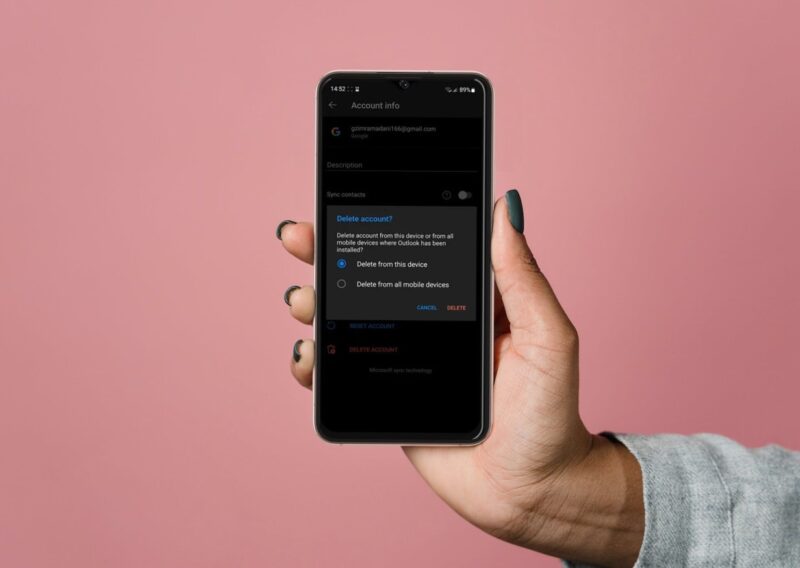
Android Devices
Signing out of the Outlook app on an Android device is straightforward. Follow these steps:
- Open the Outlook App: Tap the Outlook app icon on your device to open it.
- Menu: Click on the three horizontal lines at the top-left corner, then tap on the circle representing your profile picture or initials.
- Sign Out: Scroll down and tap the ‘Sign Out’ option.
Remember that signing out removes all Outlook data, including emails and calendar events, from the device. However, your data is still safely stored in the cloud and accessible from other devices.
iOS Devices
If you’re using an iPhone or iPad, the steps are similar but slightly different:
- Open the Outlook App: Locate and tap on the Outlook app to open it.
- Settings: Tap on the “Home” tab at the bottom, then tap on the gear icon in the top-left corner to open settings.
- Account Settings: Scroll down to find your account and then click on ‘Delete Account.’
Note that ‘Delete Account’ doesn’t delete your actual Outlook account; it simply removes it and its data from the iOS device.
Windows Devices
For Windows users, signing out is equally easy:
- Open Outlook: Click on the Start menu, search for Outlook, and open it.
- File Tab: Navigate to the ‘File’ tab in the upper left-hand corner.
- Account Information: Under the Account Information section, click on ‘Sign Out.’
After signing out, Outlook data may remain on your computer for a short period. To completely remove it, you may have to navigate to Windows settings.
Common Troubleshooting Tips
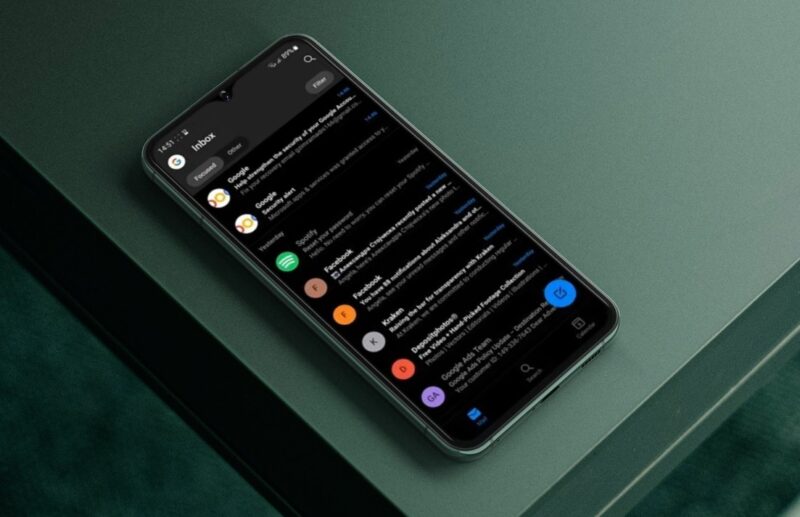
When the Logout Option is Greyed Out
Sometimes, the ‘Sign Out’ or ‘Logout’ option is greyed out or unresponsive. This can happen due to:
- Administrative Settings: Your organization’s IT policies may prevent you from signing out.
- App Glitches: Occasionally, the app may freeze or hang, making the button unresponsive.
In these cases, you might need to contact your IT department for assistance or try restarting the app.
Account Removal Errors
There are instances where you’ll encounter an error message when trying to remove an account:
- Permission Issues: If you don’t have sufficient permissions, the account won’t be removable.
- Corrupted Data: Sometimes, corrupted data prevents the account from being removed.
For these cases, you can try reinstalling the Outlook app or seek help from Microsoft support or your IT department.
Advanced Steps: Backup and Data Management
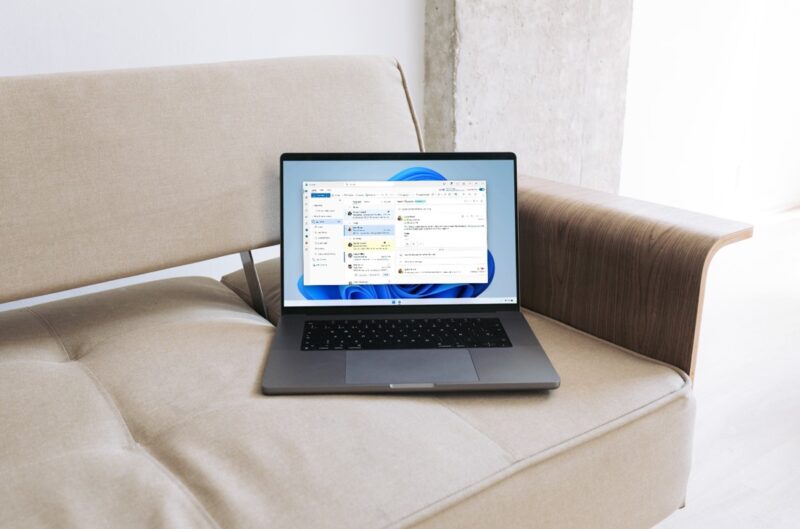
You might be wondering, “Do I really need to back up my data before signing out?” While it’s true that your data remains securely stored on Microsoft’s servers, it’s always a good idea to take extra precautions:
- Local Notes: Any notes or drafts stored only on your device will be lost upon signing out.
- Custom Settings: If you’ve customized your Outlook settings specifically for this device, you’ll lose those once you sign out.
- Peace of Mind: Backing up ensures you won’t lose anything unexpectedly, providing peace of mind.
Steps to Backup Outlook Data
Backing up Outlook data isn’t as daunting as it sounds. Here’s how you can do it:
- Manual Backup: You can manually forward important emails to another account or save them to your device.
- Export Features: Outlook desktop version allows you to export your emails, contacts, and calendar events as a .PST or .CSV file.
- Cloud Services: Use OneDrive or other cloud storage services to keep a secure copy of important data.
Automation and Scheduled Backup
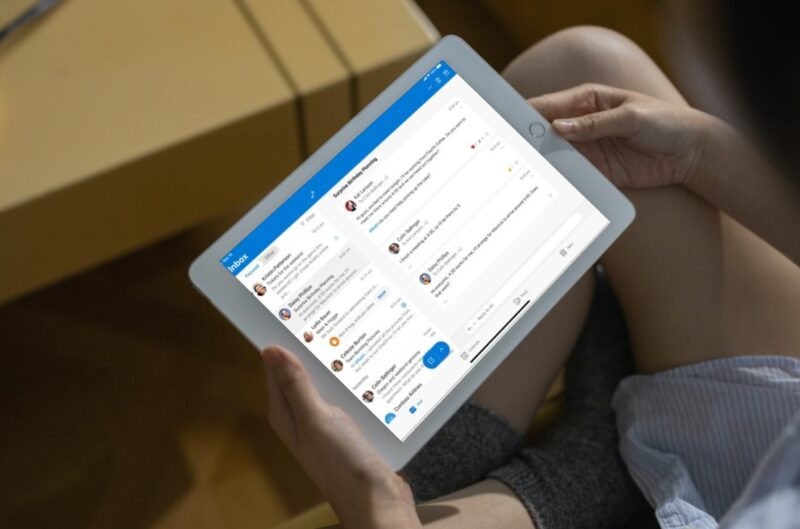
If you’re someone who frequently needs to sign in and out of various Outlook accounts, automating your backup can be a game-changer:
- Scheduled Backup: Some third-party tools allow you to set scheduled backups for your Outlook data.
- Auto-Save: Enable auto-save features to ensure your drafts and notes are regularly saved.
Automating the backup process can free you from the worry of losing data during transitions between accounts.
Community Tips and Tricks
Sometimes the best hacks and solutions come from the user community. Many forums and social media platforms offer practical advice:
- Reddit Tips: Subreddits like r/Outlook provide real-world advice from actual users who have faced the same challenges.
- YouTube Tutorials: Many users create step-by-step videos demonstrating how to effectively sign out and manage data.
These resources can be valuable in case you run into uncommon issues or are looking for more personalized advice.
Learning from User Experiences
It’s always enlightening to learn from other’s experiences, as they often provide real-world insights that official guidelines may not cover:
- Forum Discussions: Websites like Microsoft Community and Stack Exchange provide threads where users discuss common issues and their fixes.
- Customer Reviews: App Store and Google Play reviews sometimes contain useful tips on navigating the Outlook app.
Being proactive in seeking out such advice can provide you with an extra layer of understanding and comfort.
Expert Blogs and Articles
Experts in the tech field often write comprehensive articles that dig deep into the functionalities and challenges of apps like Outlook:
- In-depth Analysis: Such articles often offer a more technical perspective, exploring the behind-the-scenes workings of the app.
- Software Reviews: These give you an idea of the app’s strengths and weaknesses, helping you make more informed decisions.
If you’re a tech enthusiast or simply looking to deepen your knowledge, these articles can be a valuable resource.
FAQs
Can I Sign Out of Multiple Outlook Accounts at Once?
No, the Outlook app doesn’t offer an option to sign out of multiple accounts simultaneously. You have to manually sign out from each account one by one. This is to ensure security and prevent accidental logouts from important accounts.
Will Signing Out Affect My Subscribed Newsletters and Mailing Lists?
No, signing out of the Outlook app on your device won’t affect your subscriptions to newsletters or mailing lists. These are tied to your email account and not to a specific device. You will continue to receive all your subscribed content in your inbox.
Can I Sign Out Remotely From Another Device?
Outlook does not provide a direct option to sign out of an account remotely from a different device via the app. However, you can change your Microsoft account password, which will prompt a sign-out on all devices where the account is used, requiring re-authentication.
Does Signing Out Affect Cached Emails and Attachments?
Yes, when you sign out of the Outlook app, the cache is usually cleared, which means locally stored emails and attachments are removed. To access these items, you’ll have to sign back in and let the app re-sync your data.
What Happens to Scheduled Emails If I Sign Out?
Scheduled emails that you’ve set up to send later will still be sent even if you sign out of the Outlook app. This is because the action is stored on Microsoft’s servers and not on your device.
Does Signing Out Reset My Custom Themes and Preferences?
In most cases, your themes and other personalized settings are tied to your account and stored in the cloud, not the device. So, when you sign back in, these settings usually return. However, this might not be the case if you have made specific customizations only on that particular device.
Final Words
By now, you should have a comprehensive understanding of how to sign out of the Outlook app across different devices, the reasons for doing so, and the potential pitfalls to avoid. Remember, taking the time to sign out not only protects your personal information but could also save you from future headaches. Stay savvy and secure!






